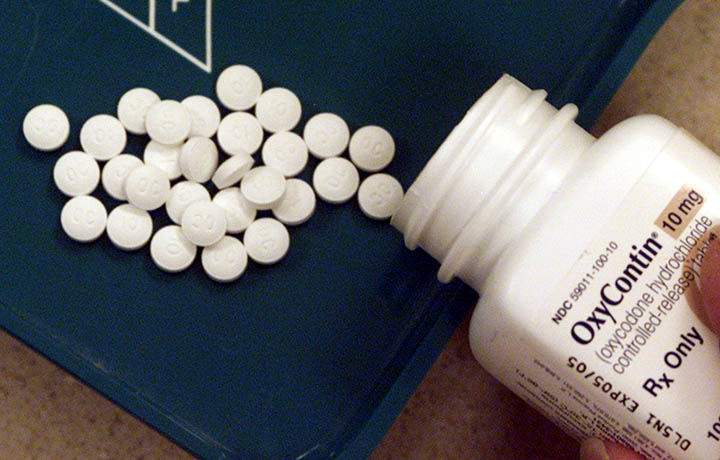Article
3-minute case study: Addiction as a chronic disease
By Lia Novotny | March 8, 2018

What drives success in healthcare? Here's a tactic from a leading community health center.
The problem
A recent Commonwealth Fund study found that patients are 50 percent more likely to enter and remain in substance-abuse treatment when it is delivered in primary care settings rather than in addiction-treatment facilities. Yet, despite a lower rate of success, in-patient care by specialists is more widespread in treating the disorder.
When medication-assisted therapy (MAT) is integrated with primary care, however, patients are not removed from their daily lives in order to receive care — and comprehensive care plans can be designed to respond to the complexity of their lives.
Even so, “primary care offices tend to be hesitant about engaging in this work because of their lack of familiarity with addiction medicine and the stigma that goes with it," says Rachel Evans, M.D., chief medical officer at Henry J. Austin Health Center, a federally qualified health center in New Jersey.
The solution
To ensure effective care for patients struggling with addiction, Evans and her team needed to find a way to integrate MAT with their patient-centered primary care service.
The first step was a change in mindset – viewing substance-use disorder as a chronic disease, like diabetes and hypertension, one that requires holistic care and a trusted relationship between patients and providers.
And that's an approach for which primary care providers are uniquely prepared. The patient-centered, relationship-based care for which PCPs are known is “conveniently, the only approach that has been shown to be effective in substance use," says Evans.
Henry J. Austin's patients see primary care physicians who monitor their buprenorphine treatment as part of their overall care plan. “Everyone who comes in is fully evaluated. They receive all their services right here," says Evans.
Care teams huddle each morning to talk about what each patient needs that day. Once-a-month MAT visits are interspersed with appointments with the behavioral health team to address trauma and other mental health issues that typically underlie substance use.
The outcomes
Treating substance-use disorders along with other chronic diseases has improved overall outcomes. Evans points to a patient with poorly controlled diabetes along with opioid-use disorder. Since beginning medication-assisted therapy with his primary care doctor, the patient's A1c levels have stabilized as well.
Overall, patients are more likely to request and stick with treatment when working with their primary care doctors, says Evans. “Primary care practices that embark on this work realize these patients really are our patients. We're seeing them already. And it turns out to be incredibly rewarding work when you take it from a patient-centered perspective."






